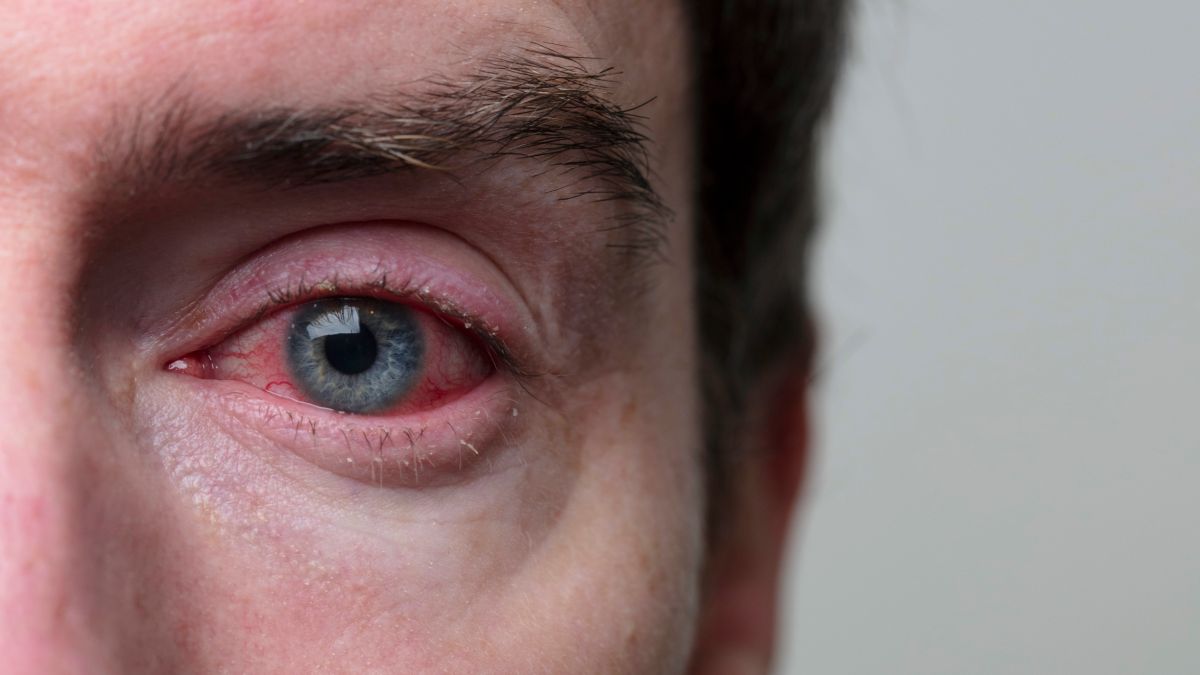Scientists have discovered a strange connection between Alzheimer’s disease and vision

Advances in science continue to amaze us, and major strides have now been made in both understanding and preventing Alzheimer’s disease, a condition that affects millions of people around the world.
A recent study has found a strong link between the rare disease posterior cortical atrophy (PCA) and Alzheimer’s disease.showing that some rare visual impairments may be early indicators of this devastating disease.
It is important to emphasize that PCA is a rare neurological disorder that primarily affects the occipital and parietal cortices of the brain.which are responsible for processing visual and spatial information.
It usually appears in people over 50 and causes problems with vision and consciousness, such as difficulty measuring distances, inability to follow moving objects, difficulty recognizing faces and objects, sensitivity to bright lights, and loss of central vision.
What is the connection between PCA and Alzheimer’s disease?

The study looked at data from more than 1,000 people with PCA, a condition characterized by a buildup of abnormal proteins such as beta-amyloid and tau in the brain. These proteins are also found in Alzheimer’s disease, a neurodegenerative disease that affects memory and thinking.
The study results showed that 94% of participants with visual impairments had signs of Alzheimer’s disease., indicating that posterior cortical atrophy may be an early form of the disease. This discovery has important implications for diagnosis and treatment.
“Most patients see their optometrist when they begin to experience visual symptoms and may be referred to an ophthalmologist who may also not recognize PCA. We need better tools in clinical settings to identify these patients early and provide treatment.”
This finding highlights the importance of understanding Visual cues as potential early markers of disease. Impaired judgment of distances, object identification, and motion fixation (features of PCA) may be critical for the early diagnosis of dementia.
In this regard, the neuropsychologist Marianne Chapleau from the University of California, San Francisco, USA, emphasizes that healthcare professionals need to be more aware of vision problems.
This condition affects older people, with the average age of onset being 59 years. It usually takes 3.8 years to make a diagnosis from the first symptoms.. Therefore, early detection is essential to ensure better treatment and follow-up.


